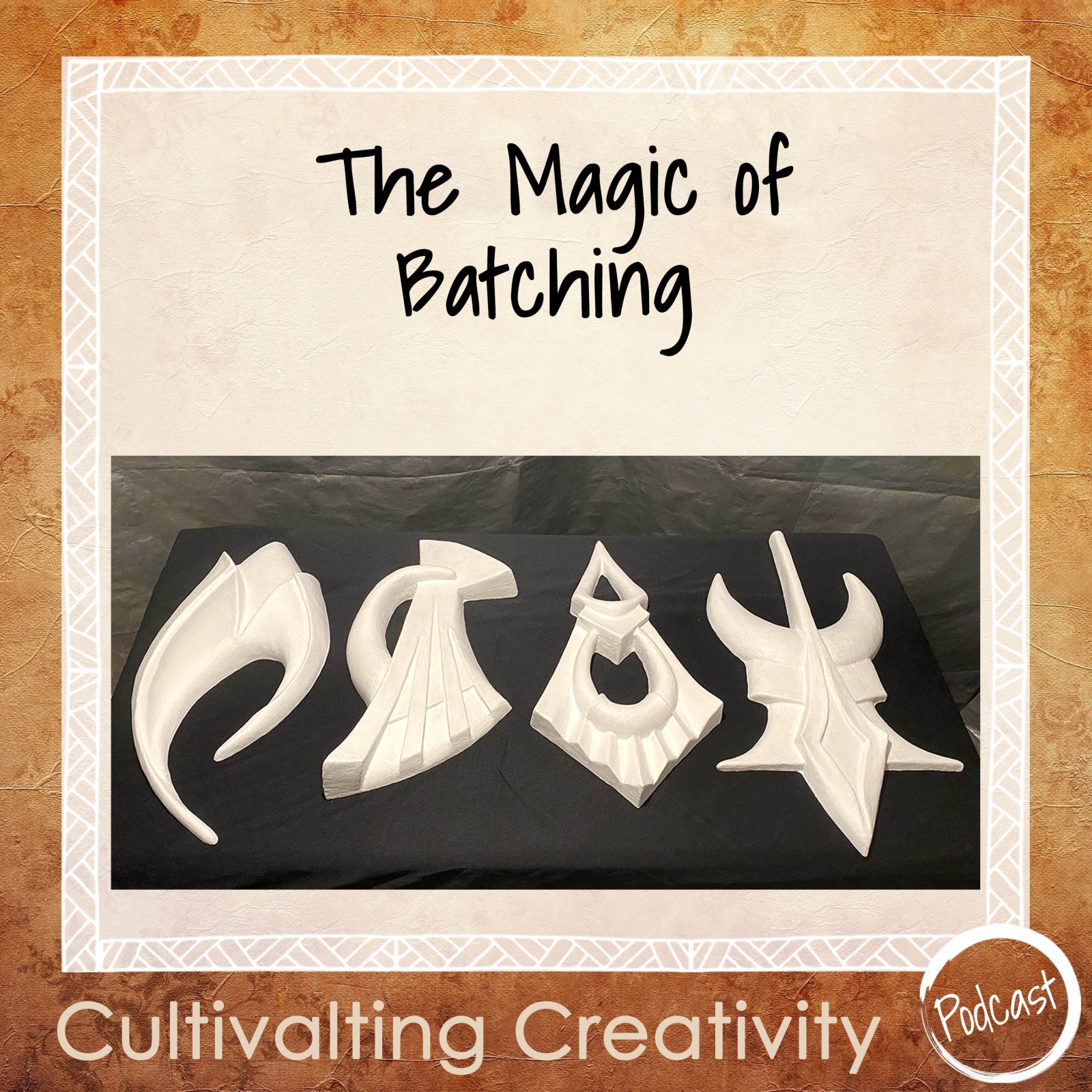
Show Notes
Summary:
How many artworks do you have going at once? Have you ever thought of batching some of your processes? So, there’s no lag time when starting a new work, or options when you get frustrated with a specific piece. In this episode, I talk about batching your artwork. Working on several pieces at once is an amazing efficiency tool. Try it for yourself!
created by a human
Episode Transcription:
[00:00:00] Welcome I'm Kristi Backman. This is my podcast, Cultivating Creativity. It's about helping you build your creative life. Giving creatives a way to make space for artistic growth through the insights for the mind of an artist, instructor and art coach about the creative process and living that crazy creative life.
[00:00:27] In this episode, we will talk about batching your work. Working on several pieces at once is an amazing efficiency tool. It also gives you options when stuck or frustrated with a specific piece. It's a powerful strategy.
[00:00:41] An amazing technique that I stumbled onto after art school was to create artwork in batches. In art school, you primarily work on a single piece at a time. Each piece relates to a new concept or technique being learned. This is a highly effective strategy for learning and experimentation. However, once you are in your zone and primarily creating, it makes more sense to work on several pieces at once, which is called batching.
[00:01:13] While, this is applicable to all media it's especially effective for those of us who have multistage processes. To give you an example of how this works, I'll share my process, which includes four steps. First, I create the design. Second, I create a clay mold. Third, I create a fiberglass form and forth, I paint that form. I have found for me that three to five is a great number to batch and work on at once. So, I'll actually work on three to five pieces, and I'll take those three to five works through all those steps at the same pace.
[00:01:51] For example, first I sit down, and I brainstorm ideas. Then I select and refine three to five ideas. I create templates and color studies for each one of these ideas. Next, I create clay forms for each using oil-based clay. This becomes the mold for the fiberglass form. Once I'm done refining these clay forms, then I start to apply the fiberglass.
[00:02:16] This in itself is a multi-step process. And I find having multiple pieces is invaluable as I'm juggling drying times and working times so that I can keep working and move from piece to piece. Then what I'm done fiberglassing all the pieces in my batch, I finally prime and paint the forms.
[00:02:37] If you look at the cover art for this episode, that's an example of my batching. That's four pieces that I had just completed the fiberglass stage and had primed them. So now they're ready for me to paint. I also recommend documenting your work throughout the stages while you batch. It can be really fun to refer back to later.
[00:02:59] While, this whole process takes longer than just doing a single piece. I find when I add up the total time spent and then divide by the number of pieces, it actually takes significantly less time per piece. So, in fact it's much more efficient than working individually. Plus, it feels like magic to have three to five new works complete at the same time.
[00:03:22] And I have found that this is so helpful to stay more in a mindset when I'm working in a particular medium. So, since I jumped from medium to medium, I get all my designs out at the same time. Then I get all my clay tools out and my clay and I just make a giant mess and I can work on that and work on that until I'm completely done.
[00:03:45] And then I clean that up all up and move on to the fiberglass stage. I get all those tools out and everything can stay out as I'm working on it. And again, the same with the paint. And I don't know about you, but I take up a lot of space when I am working on a project. And so, I use every available surface. I pull out everything that relates to that process. And I have to have all my tools in front of me and that creates a mess. So instead of pulling things out, putting them away, pulling them out, putting them away. I actually stay within a particular media for three to five pieces, which is a much longer working time. And I can really start to get into the zones of those particular media. Then when I'm done with those pieces, I wrap up that media and all the things that go with it. And then I enter that next stage and get out all of the next tools that all will need. I just find this to be so much more efficient.
[00:04:42] So, as I mentioned before, this technique is ideal for those who work in multiple media or have a distinct process. Waiting around for paint to dry, or whatever your equivalent is, is real. And it can feel like a huge time-waster unless you've built in a strategy for this very issue. Like you guessed it, batching.
[00:05:02] For example, with my fiberglass process, I have a limited working time with the resin on each piece and then I have a four-hour drying time. So, if I have multiple pieces, I can start on the next one. And then there's no wasted time. I can usually, work through all the pieces in one day. And if I still have the time and or the energy, then I can start working on the whole process again. If you're familiar with fiberglass, it requires several layups, which is applications of different layers to create the thickness of the material that you're looking for. So, it's a very involved process. For safety reasons, I gear up to make sure that I'm protected. So, it makes it more efficient to be able to work on this for a longer period of time.
[00:05:48] This is also really beneficial if you have a technique or a process that takes a lot of setup space. If you have to get out and set up specific equipment, it just makes more sense to use it longer before taking it all down and moving to the next stage. I touched on that before, but some people work within completely different medias and modes. And so, you probably know what I mean if this is you like putting all this stuff away and then taking all of this stuff out. It takes a while and it's not a huge deal, but if you're anything like me, you've tried getting everything out at once and everything gets lost and muddled, and you're like, this takes too long. You just kind of learn to work in different medias and different places. If you're lucky enough to have a big enough studio to set up stations, that's amazing.
[00:06:33] For me, I have a pretty big studio space and I do have a station or an area for fiberglass alone, in my shop area. But other than that, my main studio space I use for the design, for the clay, for the paint. And so, I'm having to re-prep that same area for working with those different media. So, it's really beneficial to kind of be in that media for longer, get done with it and then move on to the next one.
[00:07:00] I'm not sure about you, but I get into zones of doing. I find longer blocks of time spent on each phase or media is more enjoyable and also creates stronger work, as opposed to switching gears constantly. And this is just me. You have to find out the way that works best for you. So batching work for me, allows me to find my stride and really produce some strong work within each media.
[00:07:25] Some media groups, like ceramicists already know all about batching. After all, you don't fire one piece at a time. But for most media we get stuck in the way we've always done it and just work one piece at a time. I was initially very resistant to this idea, thinking I needed to be fully immersed in a single piece to be authentically creative. But I found that I have a bandwidth for about three to five pieces at once, and I am still as involved, but I can juggle them as needed. Even working on two pieces at a time would be beneficial as you have a piece to switch to when you get stuck. Some artists create much larger batches and that works really well for them. It's all about finding what's right for you.
[00:08:06] Exceptions to the rule. I know that this technique may not be for everybody, and every situation. For example, a commission tends to be a one-shot deal or something large, like an installation also tends to be singular. However, who says you can't also have another piece going at the same time? This would not be true batching, but it's still a more effective studio practice.
[00:08:29] When I was working on my master's thesis show, I had a large piece that took me six months to create. It was the largest single piece I had made to date. It was about four feet in diameter. I found that all of that focus on one piece made for creative burnout. I just got sick of that piece. So, I began a series of small works that were related but allowed me a break and an opportunity to play and kind of rejuvenate. And they also became part of the show and related to the bigger piece. And working on that really helped me with the large piece itself. It helped me stay involved and stay attached and stay excited about that long-term piece.
[00:09:12] At the very least, I'd like you to consider this. I'm always talking about doing things with intention. It's better to try this method and find out that it doesn't work for you, then just assume that it won't. You may be surprised. I know that I was.
[00:09:27] Another thing this technique is amazing for is helping you get unstuck. We all get to that point in a work where sometimes we get stuck. We lose our motivation. We're not sure which way to go. And one of the best advantages of batching, in my opinion, is that it's a great way to get unstuck while still working.
[00:09:47] We all have times where we get stuck on a piece and the best solution is to just give it space. This helps avoid spiraling into frustration, but if you only have one piece going, that means leaving the studio. However, if you have multiple pieces going, it simply means switching out the pieces. Additionally, burnout is real, getting tired of a piece can and does happen, no matter how much you love it. So, if you feel it's creeping up, then put that piece aside so the frustration doesn't turn completely negative.
[00:10:20] This is also great for when we have a shorter attention span. Being able to switch pieces can be just the thing needed to re-engage. Keep your attention and create a focus. I find using this method, I no longer have that ‘bang my head on the desk’ frustration. It just never gets that far. I simply switch works, and if the frustration and the negativity is still there, I walk away. I've learned the hard way that it's better to have lost a studio day than to build up negativity that results in studio avoidance. Which can spiral into weeks or sometimes even months.
[00:10:56] So not sold on this idea yet? Well, consider this, another application of batching can be specifically in the prep for new work. For example, if you're a painter and you build your own canvases stretchers. It makes more sense to make several at once than one at a time. Even if you like to make things custom for an idea, there are always ideas that can just bloom in a space that already exists.
[00:11:22] My guess is no matter what your media is. There are things that could be prepared in advance in bulk that in the end would save you time and frustration. At the very least you can switch to working on some of this prep work. If you're stuck in the middle of an engaged piece.
[00:11:40] Batching can be a series of works that are both visually and thematically linked. It can also be a way to really immerse yourself into a body of work. However, the batched pieces don't have to be related at all beyond being created at the same time.
[00:11:55] Fundamentally batching is simply an efficiency tool it's a way to be more efficient and productive in the studio. If you'd like some help breaking down your process and seeing how batching could be effective for you, reach out and schedule a Discovery Call. I would love to help you apply this technique. I have found it game changing in my own studio practice
[00:12:17] I hope you found this helpful. There are so many applications of batching, and I know this could benefit you. Again, reach out if you want some assistance. If you enjoyed this episode, subscribe to my podcast and leave a review and follow me on Instagram. Until next time!
created by a human

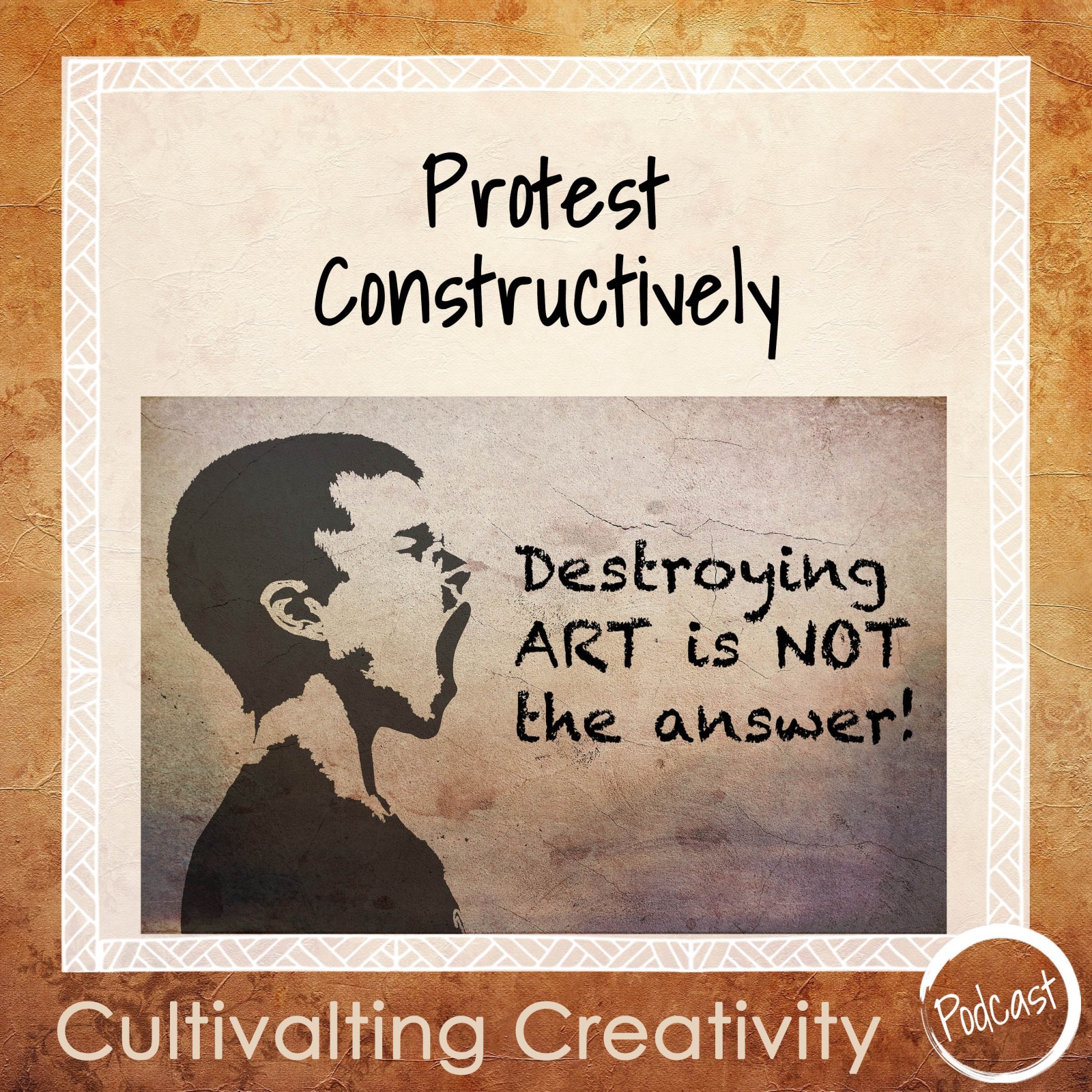
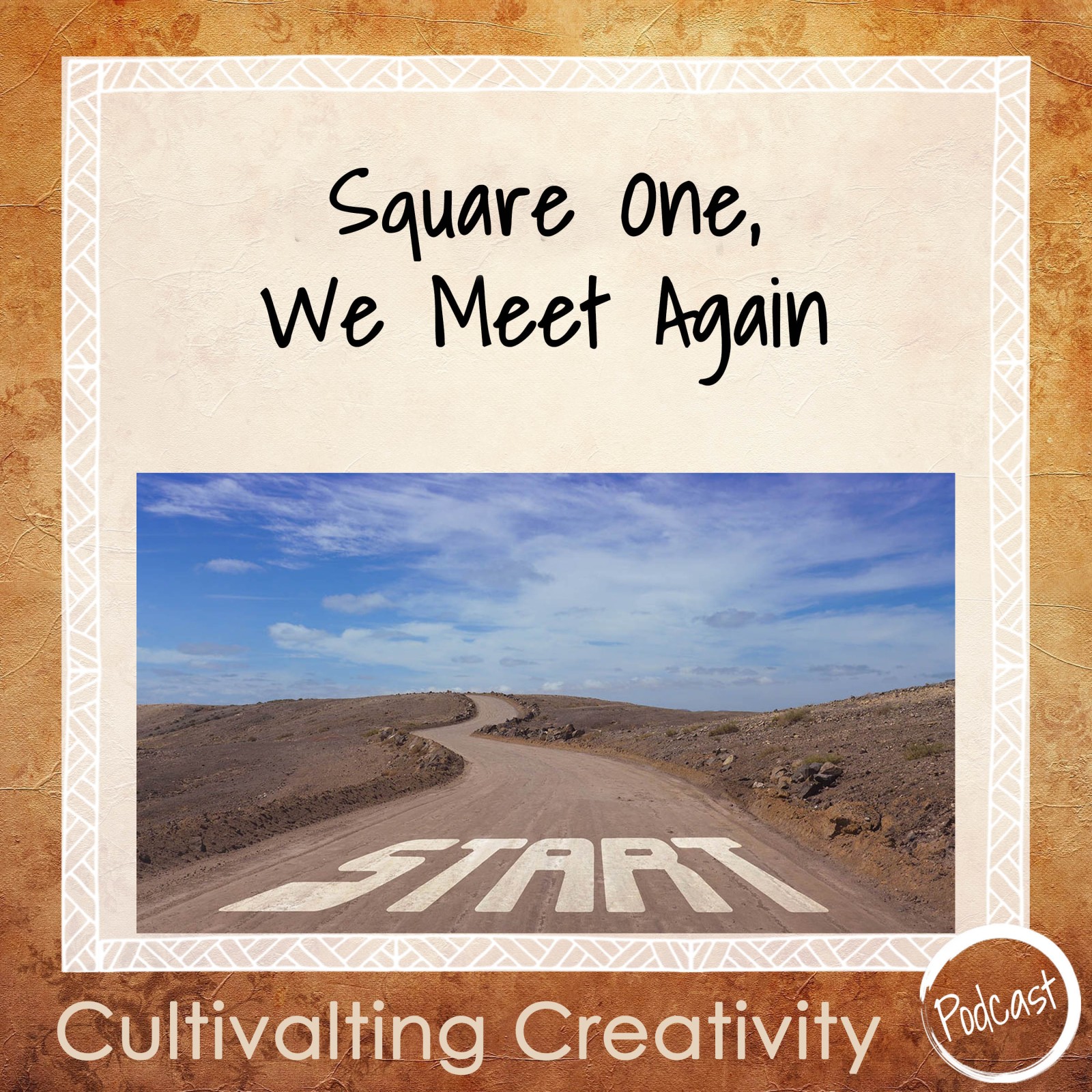
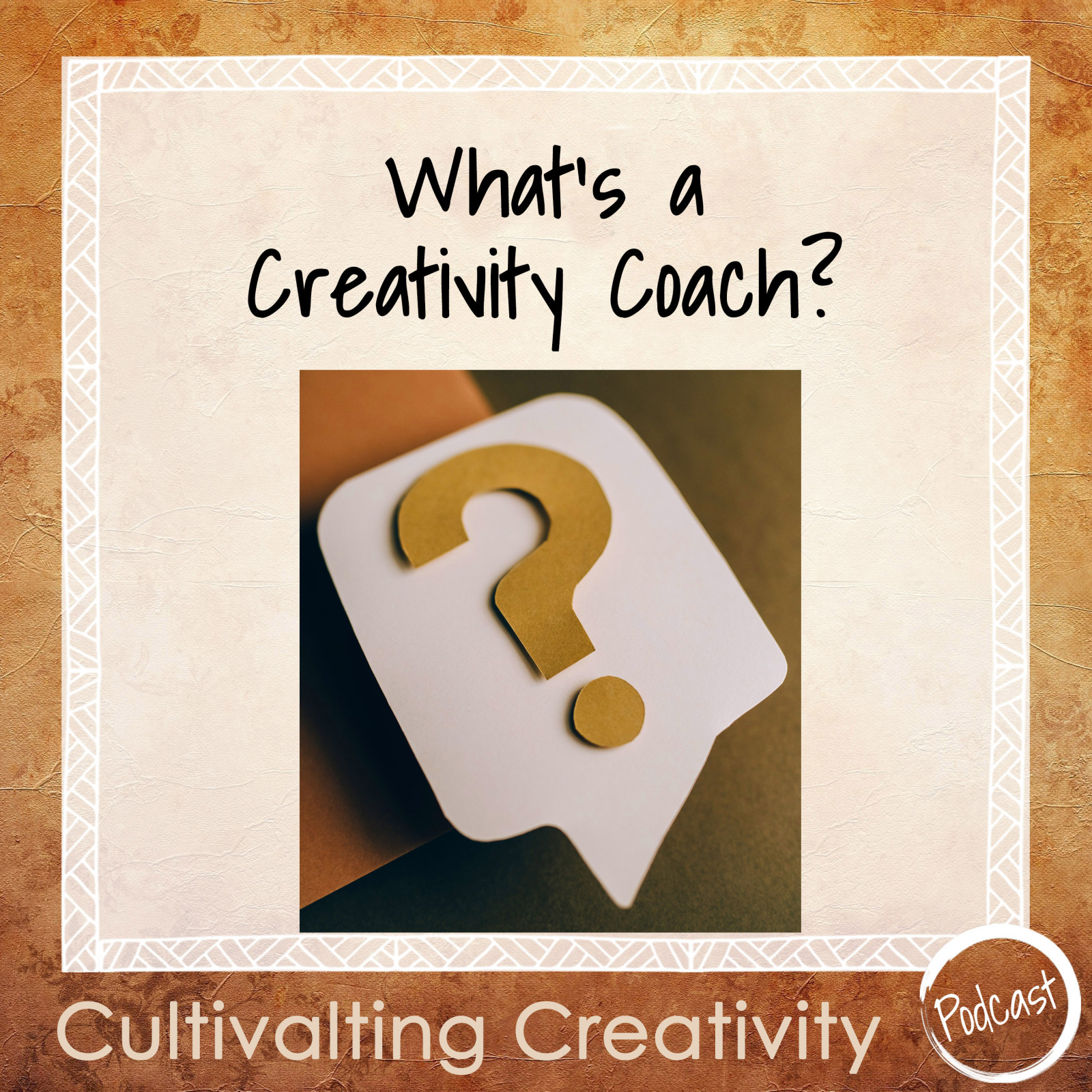
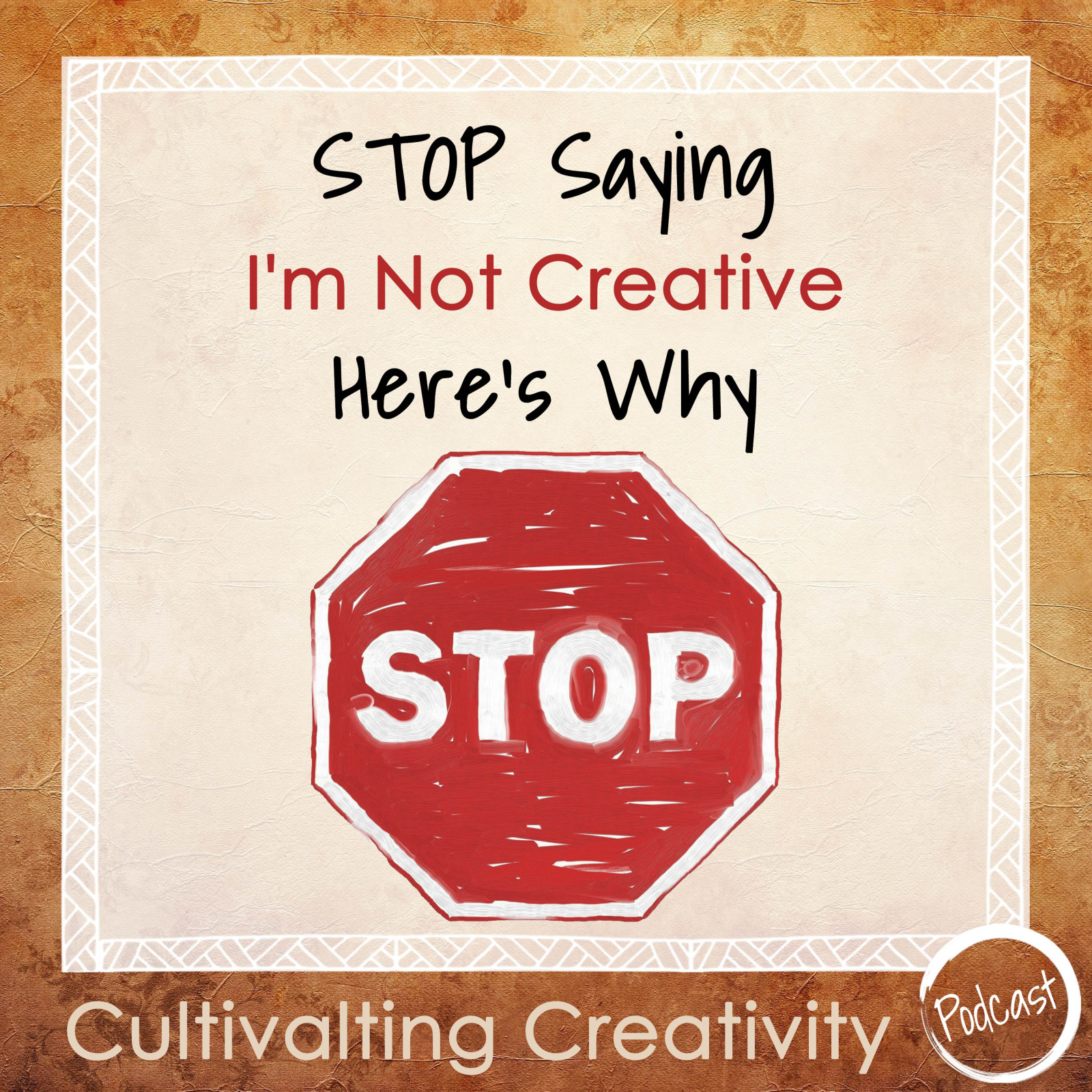
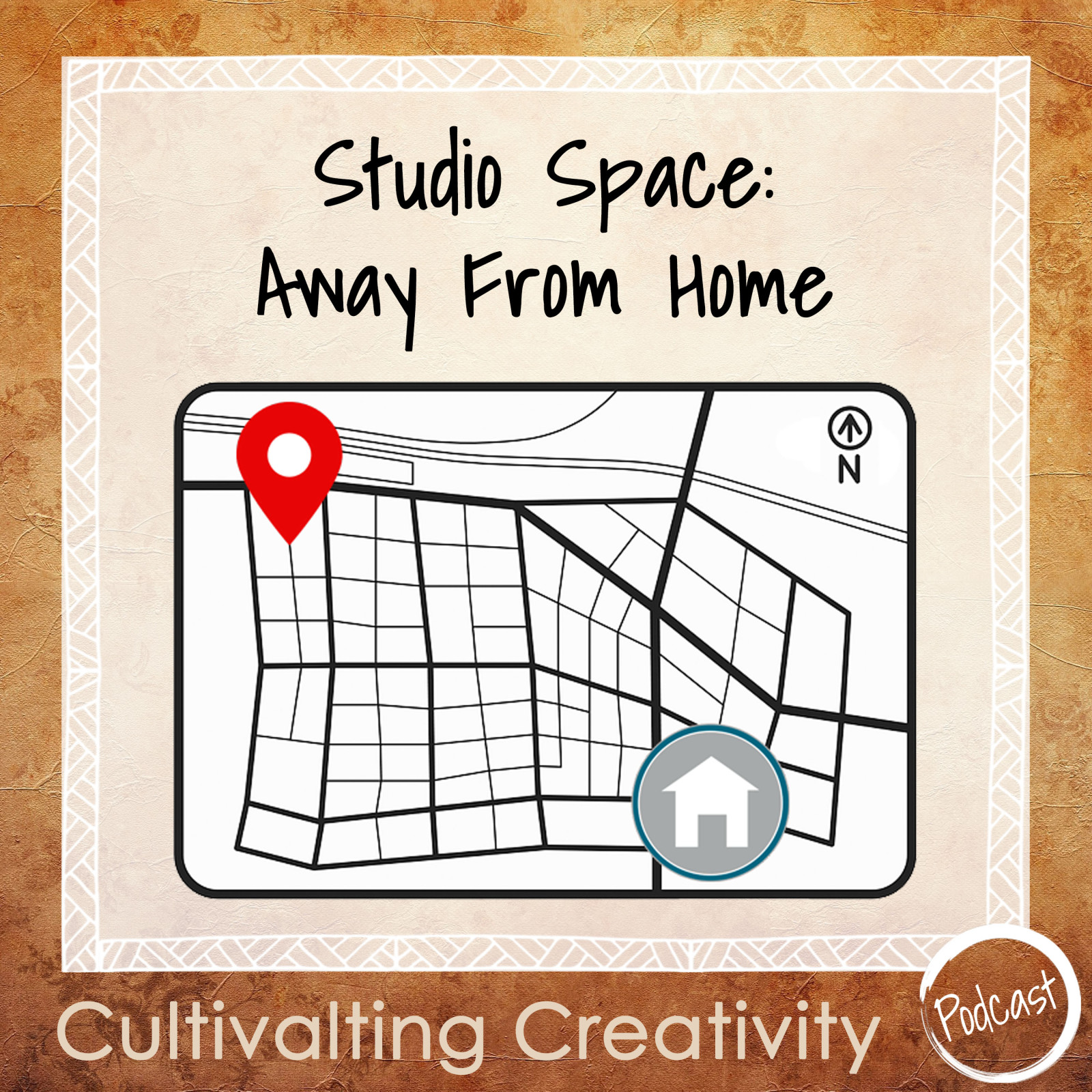



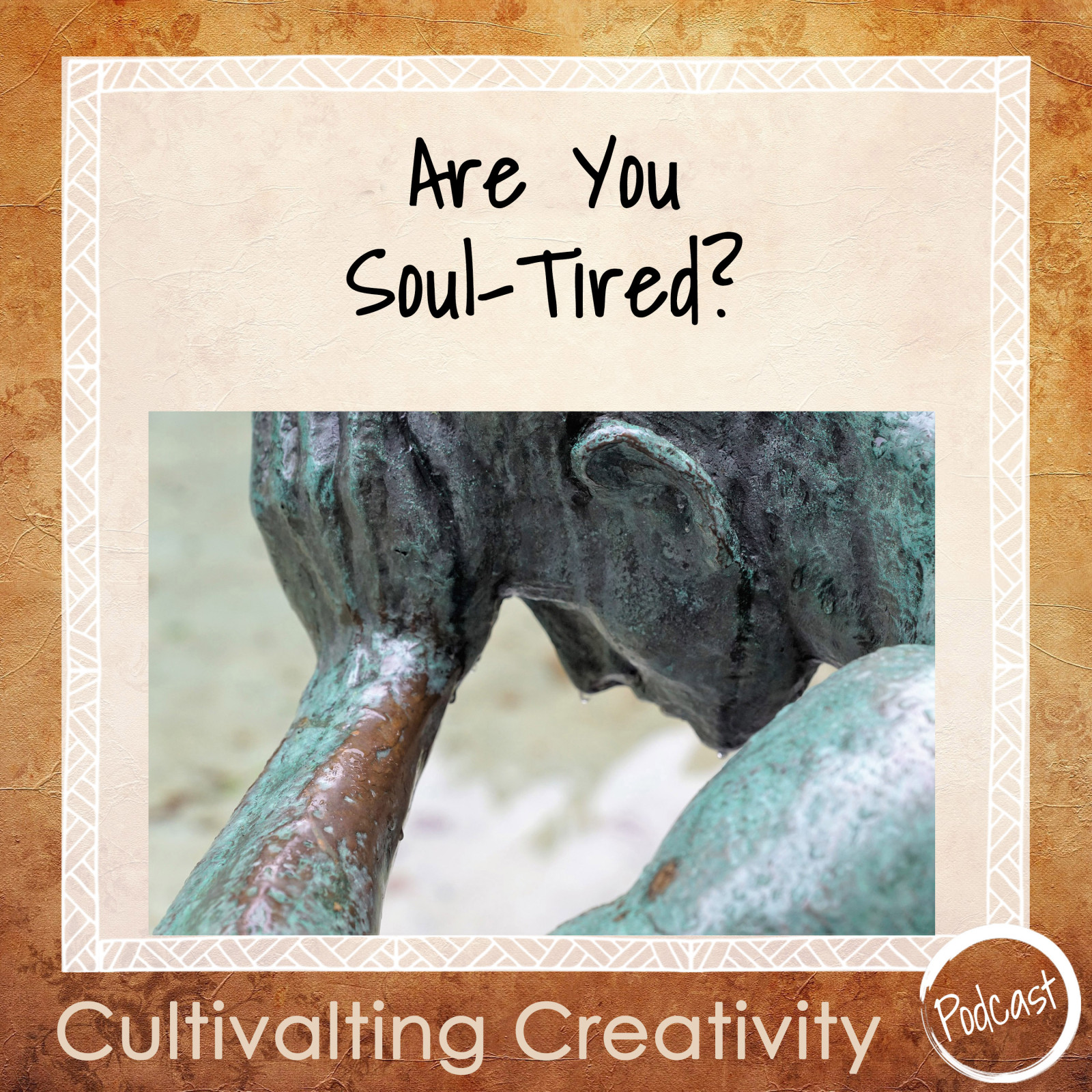
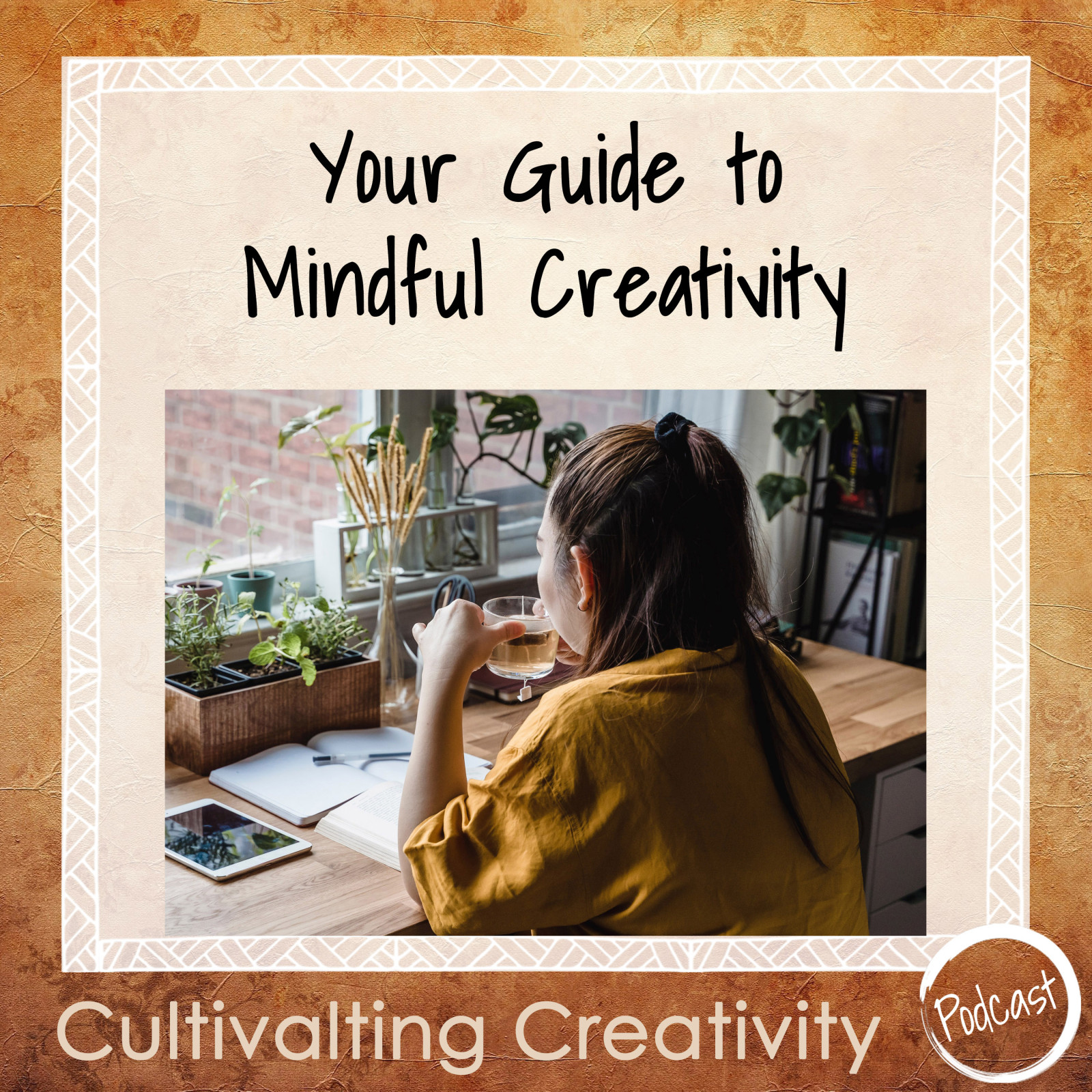
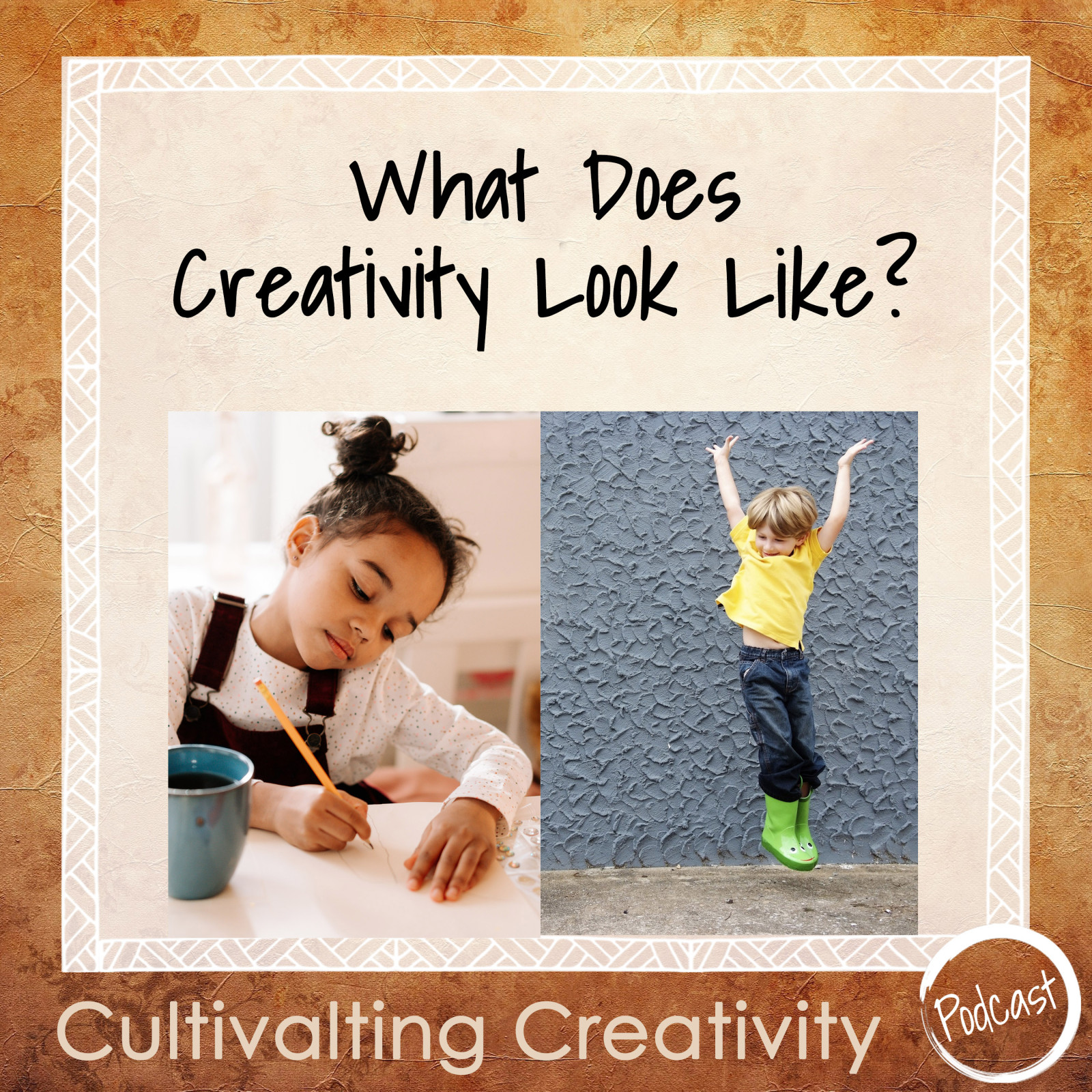




0 Comments